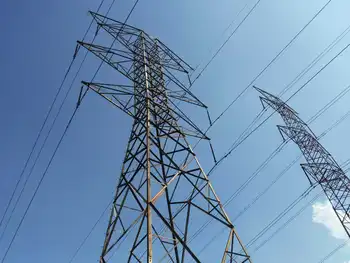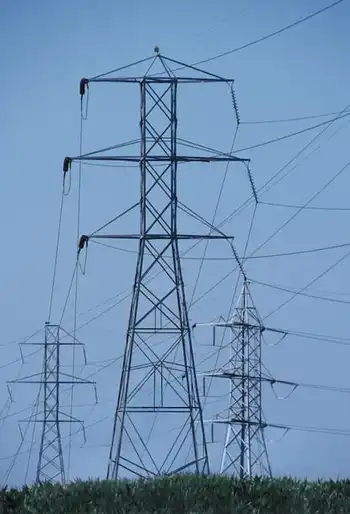Hidden Hydro Charges Galloping Our Way
TORONTO -- - Hidden hydro charges called rate riders will be galloping into every home and small business in Ontario thanks to the privatization and deregulation monster of the Conservative government, NDP Leader Howard Hampton says.
"This government continues to rob our pocketbooks to pay for the hydro folly it created," Hampton said. "When will they figure out that the only sensible course is a not-for-profit public power system."
The government's Bill 210 contains a clause allowing municipal utilities to impose 'rate riders,' extra charges to consumers to pay the estimated $500 million in deregulation administrative costs of local utilities. The rate riders would apply as soon as hydro rate caps are lifted.
"Neither consumers nor utilities should be saddled with these costs. They should be recovered from the profits of Ontario Power Generation or Hydro One," Hampton said.
The Bill also allows utilities to recover the cost of issuing the $75 rebate cheques. Again, the moment the caps come off, utilities can add those charges to hydro bills, but only if they mail out the cheques by the end of 2002.
"The Conservatives created this hydro fiasco and now want the innocent victims to pay for it. That's unacceptable," Hampton said.
Related News

U.S. power companies face supply-chain crisis this summer
WASHINGTON - U.S. Power Grid Supply Shortages strain reliability as heat waves, hurricanes, and drought drive peak demand; transformer scarcity, gas constraints, and renewable delays raise outage risks across ERCOT and MISO, prompting FERC warnings.
Key Points
They are equipment and fuel constraints that, amid extreme weather and peak demand, elevate outage risks.
✅ Transformer shortages delay storm recovery and repairs.
✅ Record gas burn, low hydro tighten generation capacity.
✅ ERCOT and MISO warn of rolling outages in heat waves.
U.S. power companies are facing supply crunches amid the U.S. energy crisis that may…




